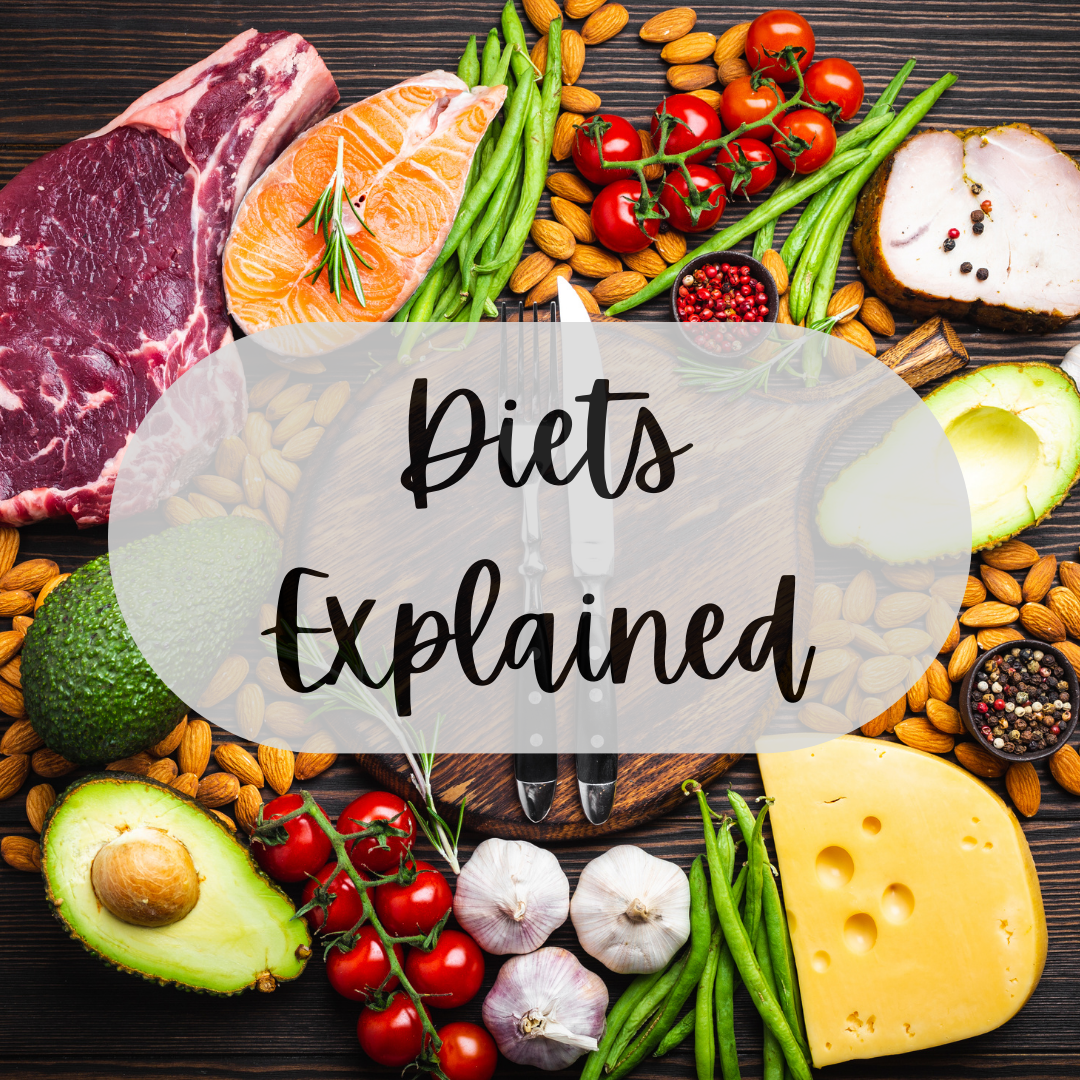Top 10 “Trending” Diets Explained Simply
With so much buzz around the latest diets, it’s easy to feel a little lost! From keto to plant-based, every diet has its own spin, promises, and benefits. But with so much information out there, how do you know which one (if any!) is right for you? Let’s break down the top 10 trending diets in a way that’s simple and approachable, so you can feel empowered to make the best choice for your unique lifestyle and health goals.
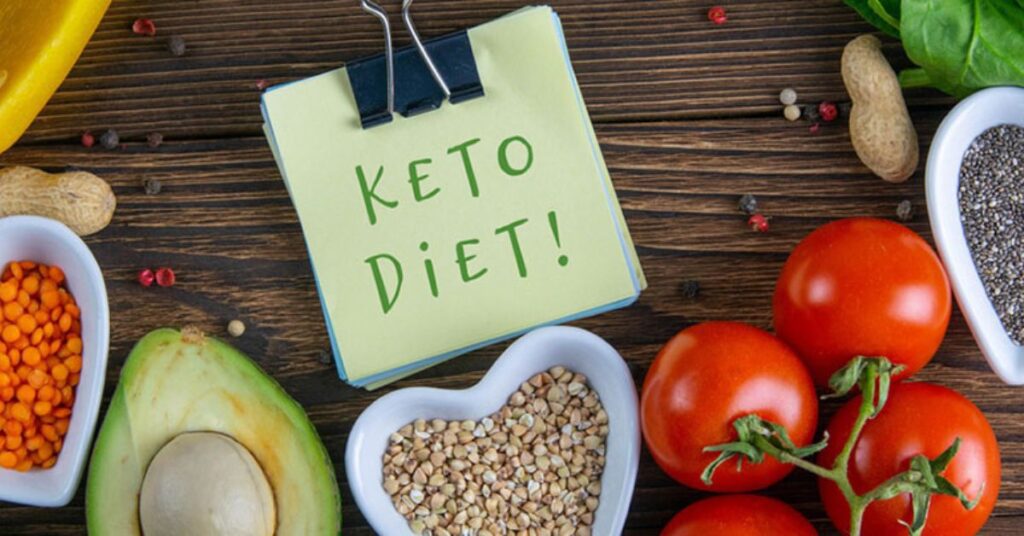
1. Keto Diet
The keto diet is all about low carbs and high fats. By drastically cutting carbs, your body enters a state of ketosis, where it burns fat for energy instead of glucose. This can lead to quick weight loss and even boost brain health. But it’s not for everyone—some people find it hard to maintain, and it can lead to a lack of certain nutrients if not done mindfully.

2. Intermittent Fasting
Intermittent fasting (IF) focuses on when you eat, rather than what you eat. Popular approaches include the 16:8 method (16 hours of fasting, 8 hours of eating) or alternate-day fasting. It’s been shown to improve metabolism and may support weight loss and mental clarity. However, it’s not ideal for everyone, especially if you’re prone to blood sugar dips or have certain medical conditions.
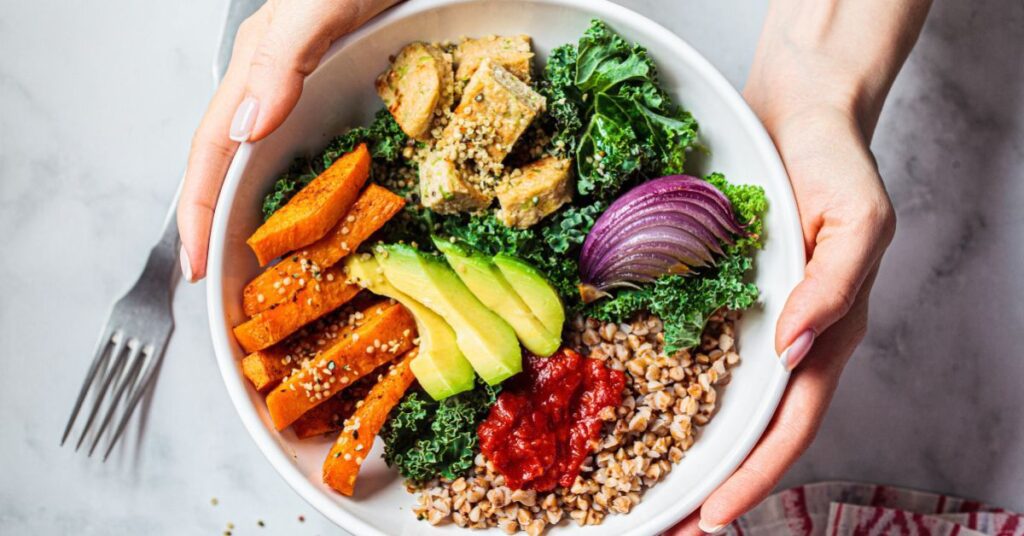
3. Plant-Based Diet
This diet is growing fast, with a focus on whole foods from plants, like vegetables, fruits, grains, and legumes. Some people go fully vegan, while others simply reduce animal products. A plant-based diet is known for its heart-health benefits, improved digestion, and eco-friendliness. However, getting enough protein and B12 can be challenging, so a bit of planning is key.
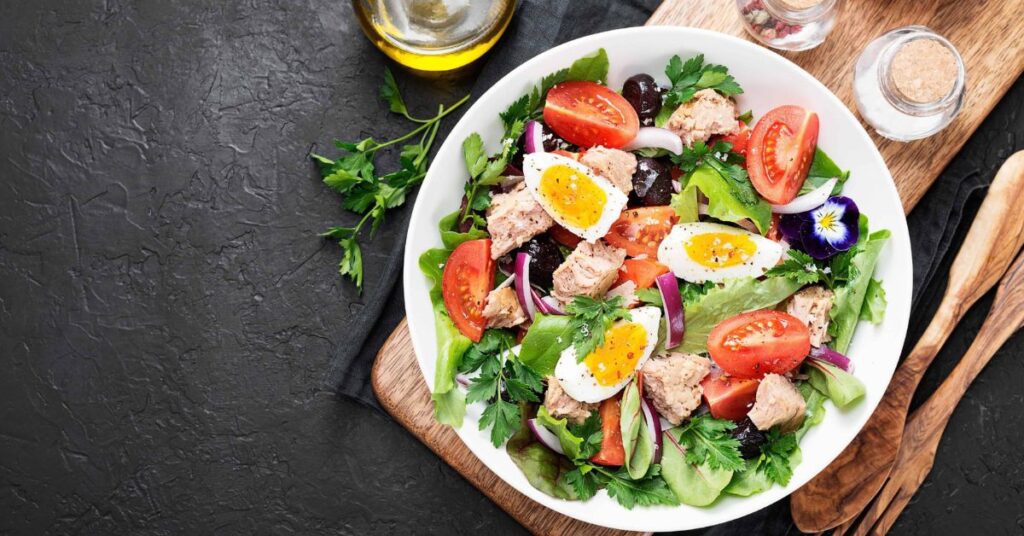
4. Mediterranean Diet
Inspired by the eating habits of countries like Greece and Italy, the Mediterranean diet is rich in fruits, veggies, whole grains, fish, and healthy fats like olive oil. It’s widely recommended for heart health, longevity, and even mental well-being. With its flexible and flavorful approach, this diet is easy to stick to and suitable for most people.
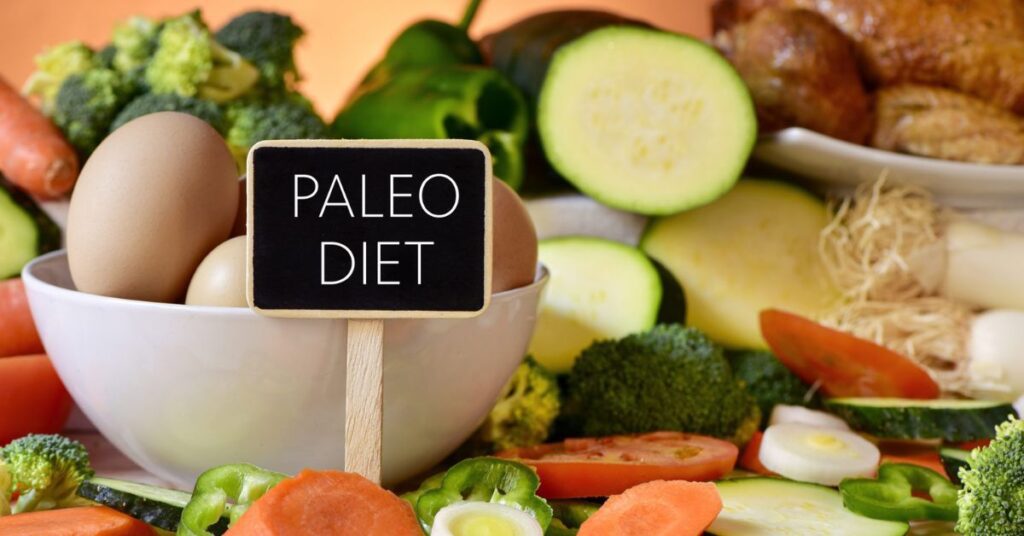
5. Paleo Diet
The Paleo diet takes us back to our roots, encouraging foods our ancestors might have eaten—lean meats, fish, fruits, and veggies—while avoiding processed foods, grains, and dairy. Proponents say it’s great for reducing inflammation and boosting energy. However, the strict nature of this diet can make it hard to sustain, especially if you love bread or dairy.
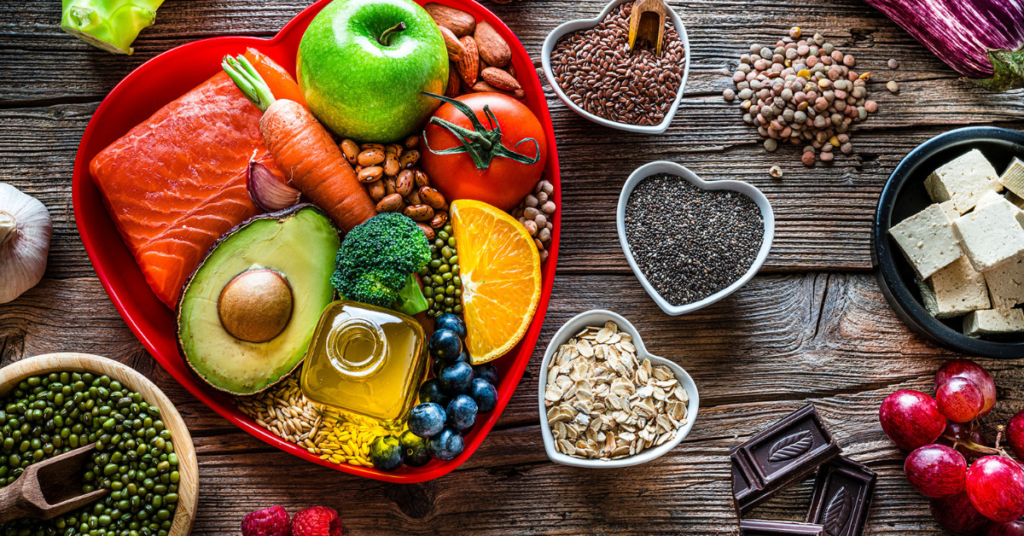
6. Whole30
The Whole30 program is a 30-day diet focused on whole foods, eliminating sugar, grains, dairy, alcohol, and legumes. The goal is to reset eating habits, identify food sensitivities, and improve energy levels. While it’s great for a short-term reset, Whole30 can feel restrictive, and many people find it hard to transition back to “normal” eating afterward.

7. Low-FODMAP Diet
Developed to help those with digestive issues like IBS, the Low-FODMAP diet involves avoiding specific types of carbs that can cause bloating and discomfort. It’s typically done in phases, where certain foods are reintroduced over time to identify triggers. While highly effective for managing symptoms, it’s a bit complicated to follow without guidance.
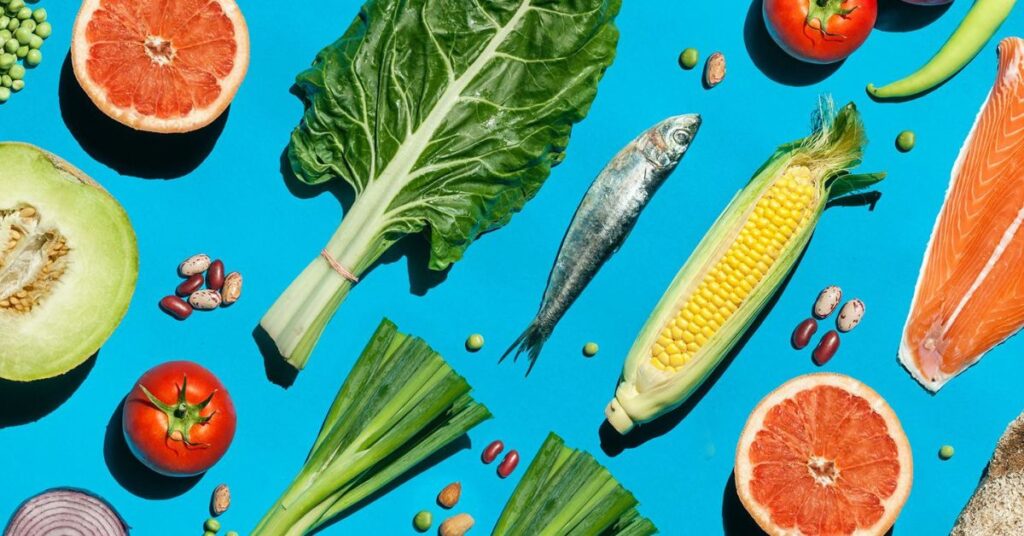
8. Flexitarian Diet
A blend of “flexible” and “vegetarian,” the flexitarian diet encourages eating mostly plant-based foods while allowing for occasional meat and animal products. It’s a low-pressure way to reduce meat consumption without committing to a fully vegetarian lifestyle, supporting both health and sustainability.
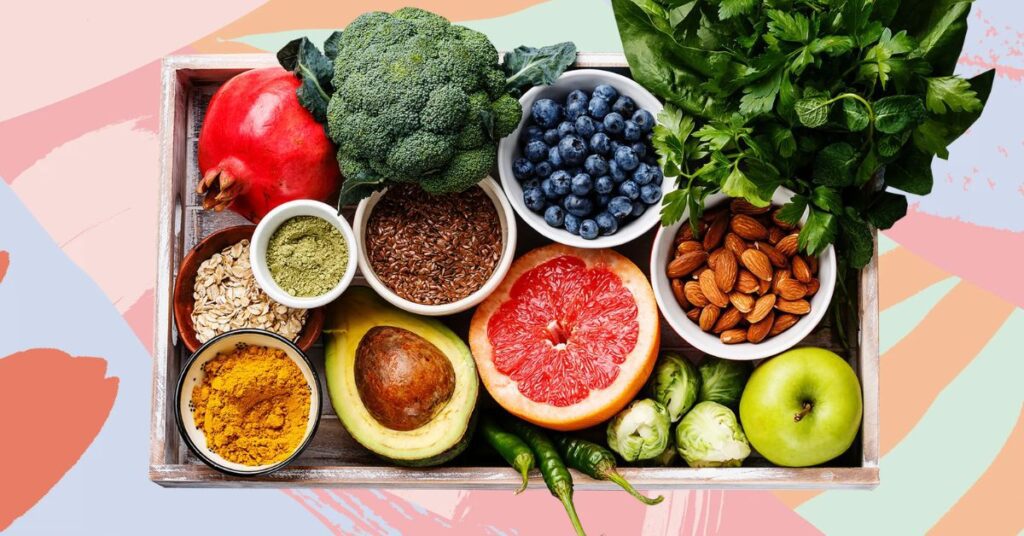
9. DASH Diet
DASH (Dietary Approaches to Stop Hypertension) was developed to fight high blood pressure. It emphasizes fruits, vegetables, whole grains, and lean proteins, while cutting back on salt, sugar, and red meat. DASH is backed by research for heart health and is relatively easy to follow, though it may not lead to rapid weight loss.

10. Carnivore Diet
At the opposite end of the spectrum from plant-based diets, the carnivore diet includes only animal products, such as meat, fish, eggs, and dairy. Advocates believe it reduces inflammation and supports energy levels, but it’s highly restrictive and lacks the nutrients from plant foods. This extreme approach may work for some but is best done with caution.
Which Diet is Right for You?
With so many options, it can be tough to know where to start. Here are a few tips to help narrow down the choices:
- Identify Your Goals: Are you looking to lose weight, improve digestion, boost energy, or support heart health? Different diets have different strengths.
- Consider Your Lifestyle: Some diets, like the Mediterranean and flexitarian diets, are easier to sustain long-term, while others, like Whole30 or keto, are more intensive and may be better as short-term resets.
- Listen to Your Body: No diet is one-size-fits-all, and it’s essential to pay attention to how foods make you feel. If you try something and don’t feel your best, it might be a sign to explore other options.
- Seek Professional Guidance: A nutritionist or dietitian can provide personalized advice and ensure you’re getting all the nutrients you need.
Remember, Balance is Key!
Diets are tools to support your health, but the best approach is the one that feels good and is sustainable for you. Dieting doesn’t have to mean restriction—it can be about discovering what makes you feel energized, nourished, and balanced. 🌿
Curious to dive deeper? Schedule a free call with me to discuss your goals and find the best approach for your unique journey to health and happiness. Here’s to a healthier, happier you!

